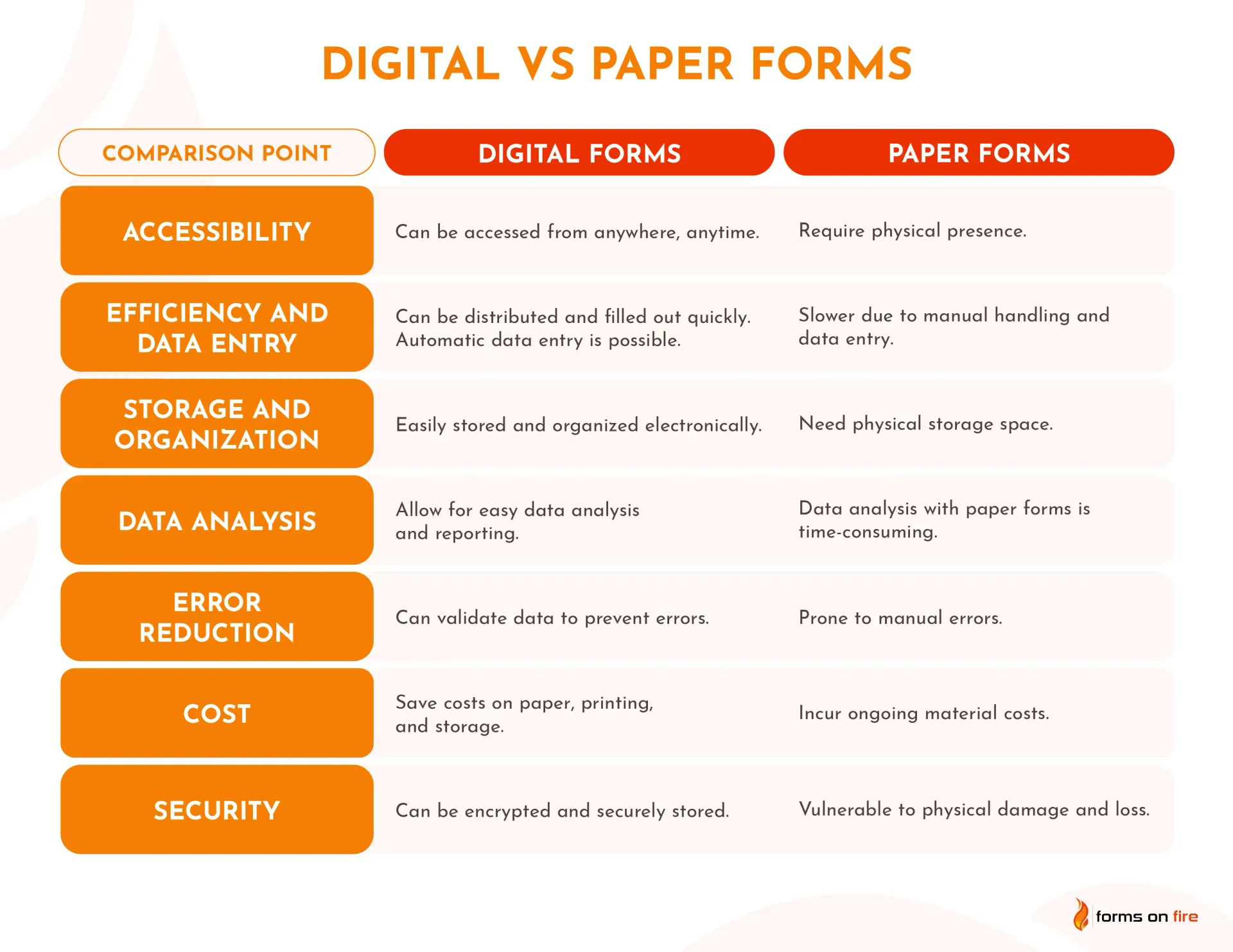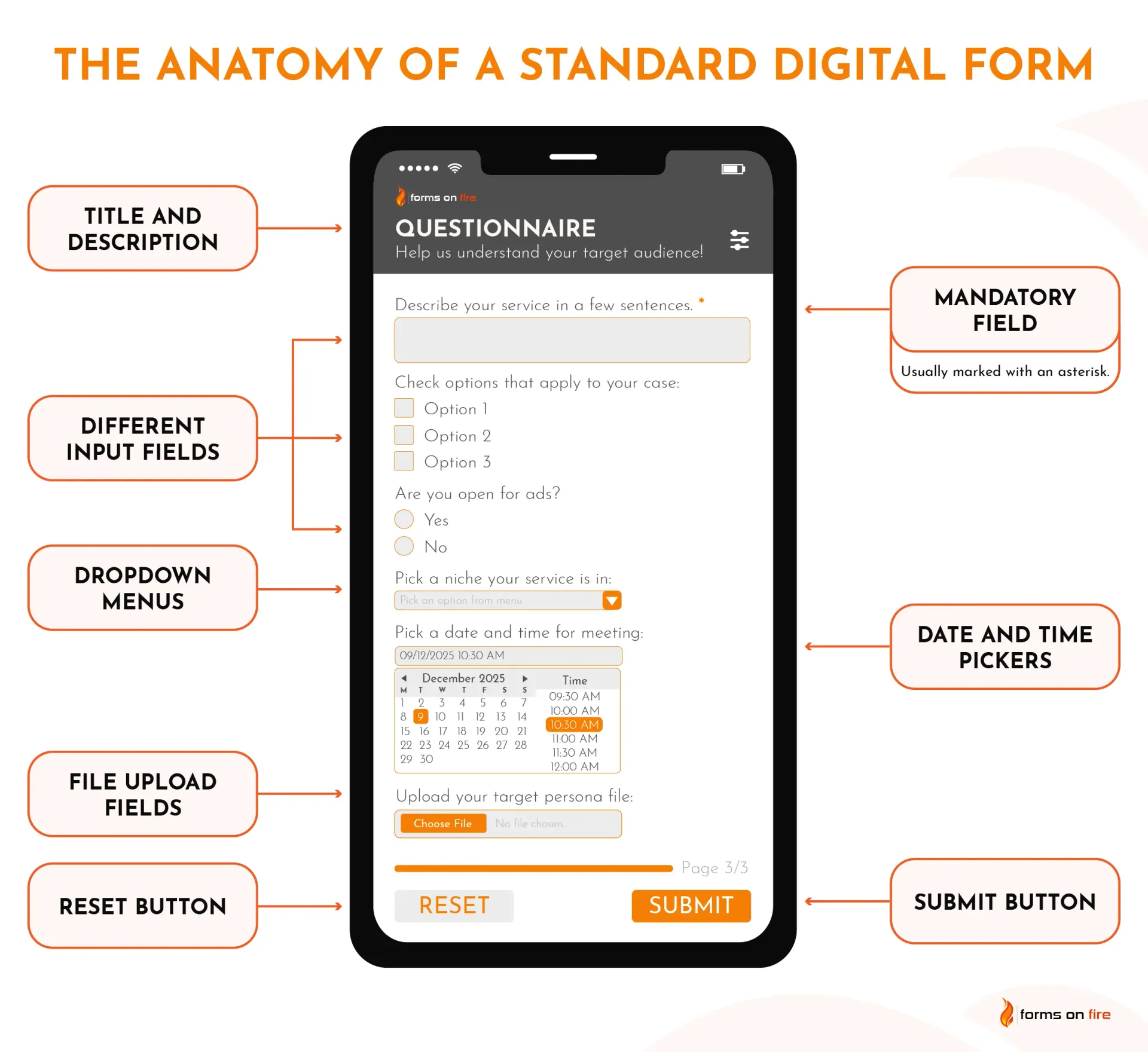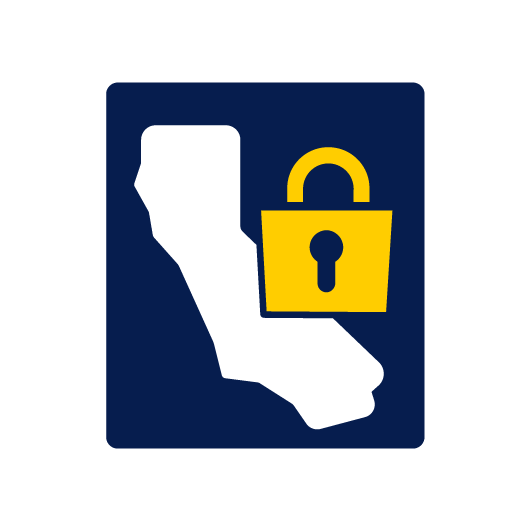Types of Forms and Their Use Cases
Digital forms play a pivotal role in streamlining data collection, enhancing workflow efficiency, and improving decision-making processes across various industries. From capturing critical information to facilitating complex business operations, nowadays, you can find a form for virtually any use case.
Now, before you start searching for or building your own checklist and templates, let’s review which types of forms are out there, and how to build one without missing any important elements.
What is a form?
At its core, a form is a tool for collecting and organizing information. It is a structured document with spaces allotted for entering data, whether it's for administrative purposes, data gathering, or record-keeping.
Forms have an awesome ability to standardize and streamline data collection. By presenting questions or fields in a consistent format, they ensure that information is gathered systematically, making it easier to process, analyze, and store. This doesn’t just boost efficiency — it also reduces the likelihood of errors that can occur with unstructured data collection.
Digital forms offer significant advantages over traditional paper forms, enhancing efficiency and accessibility by allowing quick and simple data collection from anywhere, at any time. They ensure data integrity and accuracy while staying scalable, adaptable, and eco-friendly.

There are many different types of forms
Forms are the backbone of data collection and process management in countless sectors. This diversity defies a one-size-fits-all classification.
Here are 15 common types of forms used across numerous industries:
- Inspection Forms: Used for safety checks, facility inspections, etc. They can feature photo capture, annotations, and digital signatures for verification.
- Audit Forms: Essential for compliance, financial, and operational audits. These forms allow for real-time data collection and analysis, streamlining the audit process.
- Survey Forms: Used to gather feedback from customers or conduct employee satisfaction surveys. They can include various question types like multiple-choice, Likert scales, etc., for comprehensive feedback.
- Incident Report Forms: For reporting workplace accidents or safety incidents. These forms ensure immediate and accurate reporting for swift action and resolution.
- Order Forms and Invoices: Automate sales orders, service requests, and billing processes. They feature automated calculations and inventory tracking, simplifying the sales cycle.
- Risk Assessment Forms: Crucial for identifying and evaluating potential risks in various settings. These forms help proactively address hazards and ensure compliance with HSE regulations.
- Registration Forms: Used for event sign-ups, new account creation, etc. These forms collect essential participant or user information efficiently.
- Application Forms: Ideal for job applications, loan requests, permits, etc. Tailored to collect specific information required for each application type.
- Feedback and Evaluation Forms: For performance reviews, product evaluations, service feedback. Allow for both qualitative and quantitative feedback, essential for continuous improvement.
- Checklists: Useful for task management, procedural checks, or preparation tasks. Help ensure all necessary steps or items are accounted for, enhancing organization and efficiency.
- Consent Forms: Critical for obtaining legally acknowledged consent for medical procedures, data collection, or activities requiring permission.
- Inventory Forms: Used to track assets, stock levels, and manage inventory. Can be integrated with inventory management systems for real-time tracking.
- Time Sheets and Log Forms: For recording work hours and project time tracking. These forms are crucial in payroll processing and project management.
- Expense and Reimbursement Forms: Streamline the submission and tracking of employee expenses. Facilitate faster approval and reimbursement processes.
- Maintenance and Service Request Forms: Track and manage maintenance requests and service orders. Coordinate schedules and ensure timely service delivery.
In industrial space, forms are predominantly used to streamline various types of inspections, audits, and assessments. However, they can be applied in virtually any context that revolves around data collection.
As you can see from the list above, each form serves a unique purpose. This is why, while you can find many form templates out there, you will still often need to adjust them to match your exact operational needs.
Industry-specific use cases
To be a little more specific, here are some examples of specific forms used in different industries:
- Construction industry: Site audits, safety checklists, project management forms, equipment inspection reports, change order requests
- Manufacturing: Quality control checklists, inventory management forms, preventive maintenance checklists, incident reporting forms, production scheduling forms
- Healthcare: Patient intake forms, medical history forms, compliance documentation, appointment scheduling forms, patient satisfaction surveys
- Government and Public Sector: Permit applications, inspection forms, public surveys, incident reporting forms, employee onboarding checklists
- Education: Feedback forms, event planning forms, instructor evaluation forms, student registration forms, course evaluation surveys
- Field services: Work order forms, work request forms, customer satisfaction surveys, inventory request forms
- Retail: Shift scheduling forms, inventory management forms, customer feedback surveys, sales tracking forms
- Transportation and logistics: Vehicle inspection checklists, freight and shipping forms, maintenance request forms, driver log books, inventory tracking forms
Managers in all of those industries use Forms On Fire to get access to our huge database of different templates and checklists, which they can then tailor to their operational requirements.
The anatomy of a standard digital form
Understanding the components of a standard digital form is crucial for creating effective and user-friendly forms. Here's a quick breakdown of the most commonly used elements:
- Title and Description: The title clearly identifies the purpose of the form, while the description provides additional context or instructions.
- Input fields: These are areas where users enter data. Common types include text boxes, radio buttons, and checkboxes.
- Mandatory fields: Marked with an asterisk (*) or other indicators, these fields must be completed for the form to be submitted.
- Optional fields: These fields are not required for form submission, allowing users to provide additional, non-essential information.
- Dropdown menus: Used for selecting one option from a predefined list, making data entry quicker and more consistent.
- Date and Time pickers: Allow users to easily select dates and times, ensuring standardized input formats.
- File upload fields: Enable users to attach files, useful for submitting documents or images.
- Data validation rules: These rules ensure that the data entered matches the required format (like email addresses or phone numbers).
- Conditional fields: Appear only when certain conditions are met, based on previous user inputs, keeping the form relevant and concise.
- Submit button: The final action button, typically labeled 'Submit', 'Send', or 'Finish', to complete the form submission.
- Reset button: Allows users to clear all fields and start the form anew, useful in longer forms.

While the structure and content are vital, there are also some design considerations to keep in mind while creating your own form.
Pay close attention to the layout of the form — it must be intuitive and easy to navigate, with a logical progression and grouping of related fields. To ensure readability across all devices, utilize colors with high contrast between text and background and use simple fonts with appropriate text size and spacing.
Last but not least, if you collect personal information, you’ll want to ensure compliance with relevant standards and regulations (like GDPR for data protection or HIPAA for healthcare information in the U.S.) to avoid any legal issues.
Create any type of form with Forms On Fire
The power of effective data collection and process management lies in well-structured and thoughtfully designed mobile forms. That is why we built Forms On Fire — to offer a versatile drag-and-drop platform that covers all your form creation needs.
Whether it's streamlining inspections in the construction sector, managing patient data in healthcare, or tracking inventory in retail, our extensive range of templates and customizable options ensures that you have the right tool for every job.
With Forms On Fire, you're not just collecting data; you're unlocking the potential to transform your operational processes, enhance efficiency, and drive decision-making.




